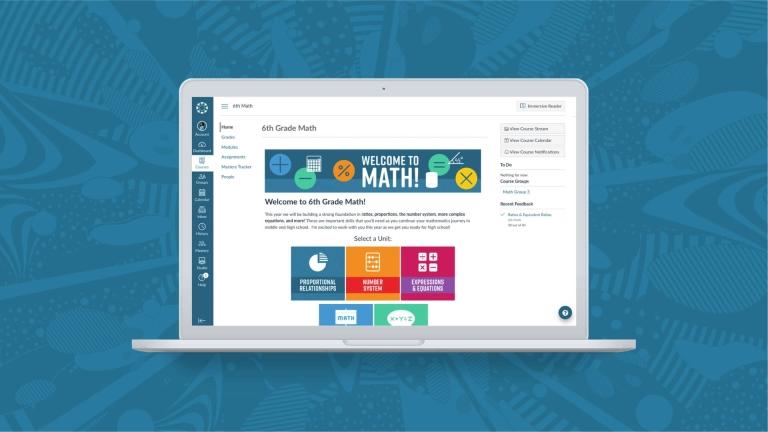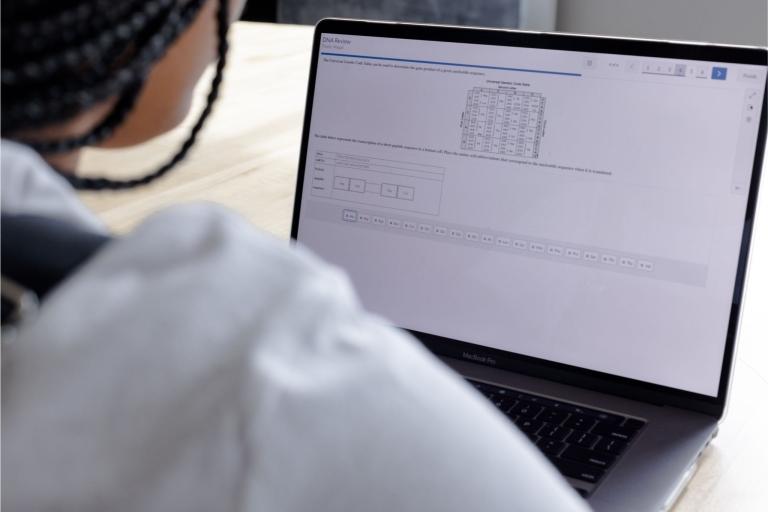
The emergency transition to remote learning of all schools this spring in response to the COVID-19 pandemic exposed significant challenges and inequities across districts and states.
While some districts and states bounced back quicker than others, the fundamental barriers, educator capacity and resulting digital learning equity gaps that emerged have most educators, administrators, policy-makers and parents asking, “What do we have to do to make sure the fall doesn’t feel like this spring?!”
For district administrators planning for fall reopening, the variables are vast and, in many ways, unknown. This article is intended to give administrators a conceptual understanding of how, as well as tactical steps, to ensure their educational technology infrastructure is safe, equitable and cost-effective this fall, for all students and families, regardless of where teaching and learning occurs.
The education technology ecosystem for school districts is most often described as “the Wild West.” While teaching and learning, policy compliance, and operations have driven many decisions, the realities of local control, budgeting, student data privacy, procurement, equity, access, communication, measurement, and accountability all conspire to frustrate teachers, administrators, parents and students.
Pre-COVID EdTech Ecosystem Reality
Over the past 15 years, a few key platforms have become required infrastructure for most school districts. These include learning management systems, student information systems, curriculum/assessment systems, financial/ERP/HR systems. These platforms have become cornerstones of the local district edtech ecosystems, however there are many other tools and apps in use. Indeed, US school districts use over 700 other free and paid online learning tools every month, on average, ranging from core instruction, supplemental games and apps, reference and communication tools, and point solutions for almost every process.
Unfortunately, most of these tools - including the required platforms - were built to serve different buyers, users, and purposes. As a result, they often do not effectively integrate, report, or share information with each other or their users. This leads to siloes and, inevitably, frustration, inequity and significant cost for teachers, parents and students. COVID-19 made all of this worse. .
From a financial standpoint, most districts spend between $65-$125 per student per year on digital licenses and related edtech. But inefficiencies, redundancies, and lack of usage are expensive. For example, 19-55% of districts’ paid edtech licenses for core math and English instructional tools go unused. This represents $1 Billion in potential savings for school districts across the US -- an important consideration as budget-tightening occurs nationwide.
Download the LearnPlatform 2019 EdTech Usage Trends Report
Post-COVID Effective EdTech Ecosystem
To ensure the safety, equity and cost-effectiveness of edtech this fall, it’s time for districts to modernize their infrastructure with an “edtech effectiveness solution.” While the benefits are significant for teachers, parents, students AND budgets, the good news is that doing so is not as complex or expensive as purchasing and implementing a learning management system or student information system. Indeed, most districts will likely improve their financial return on investment simply by minimizing the inefficiencies inherent in the current “wild west” environment.
To support instructional continuity for all students post-COVID, a district’s edtech effectiveness solution must do the following:
-
Organize: Give educators, parents, students, parents a single, consistent location to make sense of all the different edtech tools in use. The key is to provide the right amount of information needed for each user group to help them access and engage (safely) with the best tools for them.
-
Streamline: Provide clear processes to find, share, request, vet, purchase, approve, and access the tools endorsed and encouraged by your organization. This is critical for building capacity of district and school administrators, as well as for promoting equity across teachers, students and parents. Additionally, it begins to streamline engagement with the hundreds of edtech product providers on privacy vetting, purchasing, contract management and more.
-
Analyze: Having a system to understand the breadth of your ecosystem, depth and types of engagement for teachers and students, costs, educator experience, and effectiveness of edtech interventions is critical to instruction, capacity-building of educators, equity for all stakeholders, and responsible financial decision-making. The 3 most important areas of focus for districts in advance of fall re-opening, should be:
-
Ensuring Equity: Understanding ongoing engagement equips districts to improve their policies and practices and address digital learning equity gaps.
-
Saving Budget Dollars: Auditing products for duplication and/or analyzing utilization of paid licenses identifies immediate savings and supports smart cuts (i.e., why cut 10% across the board, when you can cut the same spending on the tools that weren’t being used?), as well as equips more precise, efficient purchasing moving forward.
-
Building Capacity and Better Communication: Ensuring teachers, parents and students are on the same page, and that page is safe, accessible and always-up-to-date, is a game changer.
-
District administrators should use this guidance in their remote learning plans. For those districts without an edtech effectiveness solution in place, LearnPlatform by Instructure offers a clear solution that is designed specifically to meet these needs. Indeed, we are already doing so for districts and states serving more than 4 million students already. See an edtech effectiveness solution in action by requesting your personalized demo today.
Related Content
 Teaching-With-Tech-10-Benefits.jpg
Teaching-With-Tech-10-Benefits.jpgBlogs
 untitled_design.jpg
untitled_design.jpgBlogs

Blogs
